One booze hack that's been making the rounds for years is that inserting a spoon by the handle in a champagne bottle's neck will preserve its carbonation. This is one of those tips that I wish were true. Champagne is a great thing to have around on a special occasion, and it seems a shame to pour any leftovers down the drain once its lost its fizz.
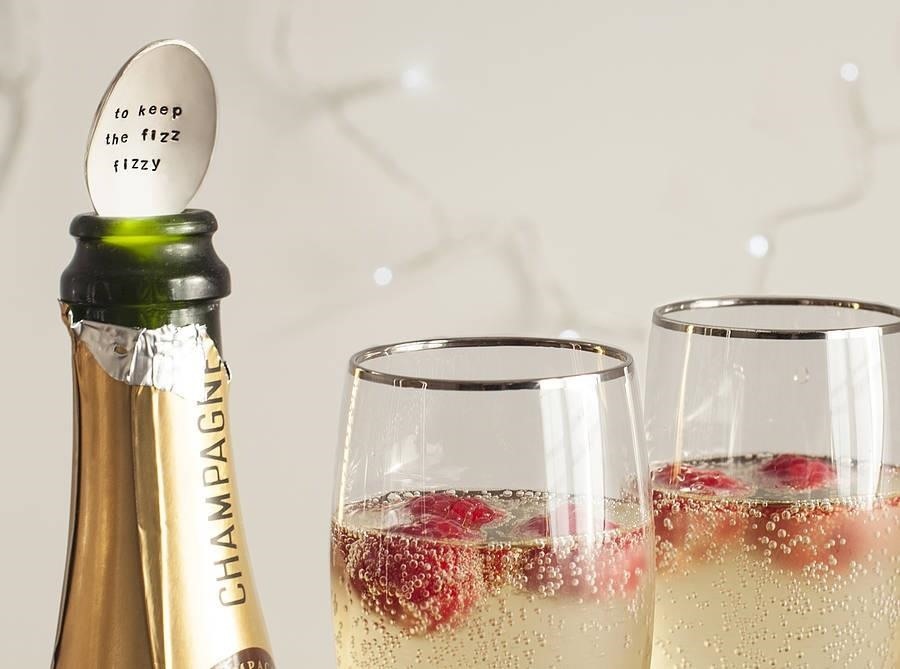
While there's lots of anecdotal evidence surrounding this trick, Harold McGee and Stanford University chemist Richard Zare debunked this myth as did Mythbusters.
McGee and Zare tested the hypothesis using bottles of California sparkling wine that had been left open as well as bottles that had been re-corked. Other bottles used either silver or stainless spoons in the neck.
While the bottles holding spoons didn't appreciably hold more fizz than the other samples, the scientists discovered that the bottles that fared worse were the re-corked ones—and they're not really sure why.

However, food scientist and author of What Einstein Told His Cook Robert L. Wolke kindly points out that the scientists in the Stanford experiment probably couldn't focus on the data properly—most likely because they were tipsy from tasting the samples. In his opinion, re-corking or re-stopping the champagne bottle should prove effective, as long as the bottle hasn't been shaken, thus losing carbon dioxide.
In other words? You can stick a spoon in your champagne, but chances are it won't fizz up the next day the way you were hoping. All a spoon is really good for is sabering the whole top off.
The Two Things That Really Do Work
Turns out, there are a couple of things you can do that really will help preserve champagne's fizz. Cold is a great preserver of carbon dioxide, especially in liquids. So if your champers starts out cold and stays that way, chances are that it will retain more bubbles.

Another way to make sure your champagne holds on to its bubbles? Buy good Champagne—not sparkling wine from California, nor Italian prosecco, nor Spanish cava. While those three wines are delicious and bubbly, they can't officially be called champagne because they don't come from the Champagne region of France and are not created according to the extensive rules and guides extant for creating the beverage champagne.
Robert L. Wolke explains why Champagne rules above all: "In order for a dissolved gas to escape from a liquid, the gas molecules must have a microscopic speck of material (a nucleation site) upon which to congregate until there are enough of them to form a bubble. The main reason that true Champagne stays bubbly longer is that it is extremely clear and speck-free."

However, if you don't have a Champagne budget, you can look for sparkling wines that bear the words méthode Champenoise, which means they produced their wine according to the rules official Champagne vintners use, though they still can't legally call themselves champagne.

What to Do with Leftover Flat Champagne
What if, despite your best efforts, you end up with a bottle of champagne whose bubbles have gone flat? Never fear, there are many tasty recipes that can be made with your leftover bottle. In fact, you can use champagne much as you would any white wine in a recipe. It does wonders with mussels and fish when cooked into a sauce.
Just updated your iPhone? You'll find new emoji, enhanced security, podcast transcripts, Apple Cash virtual numbers, and other useful features. There are even new additions hidden within Safari. Find out what's new and changed on your iPhone with the iOS 17.4 update.
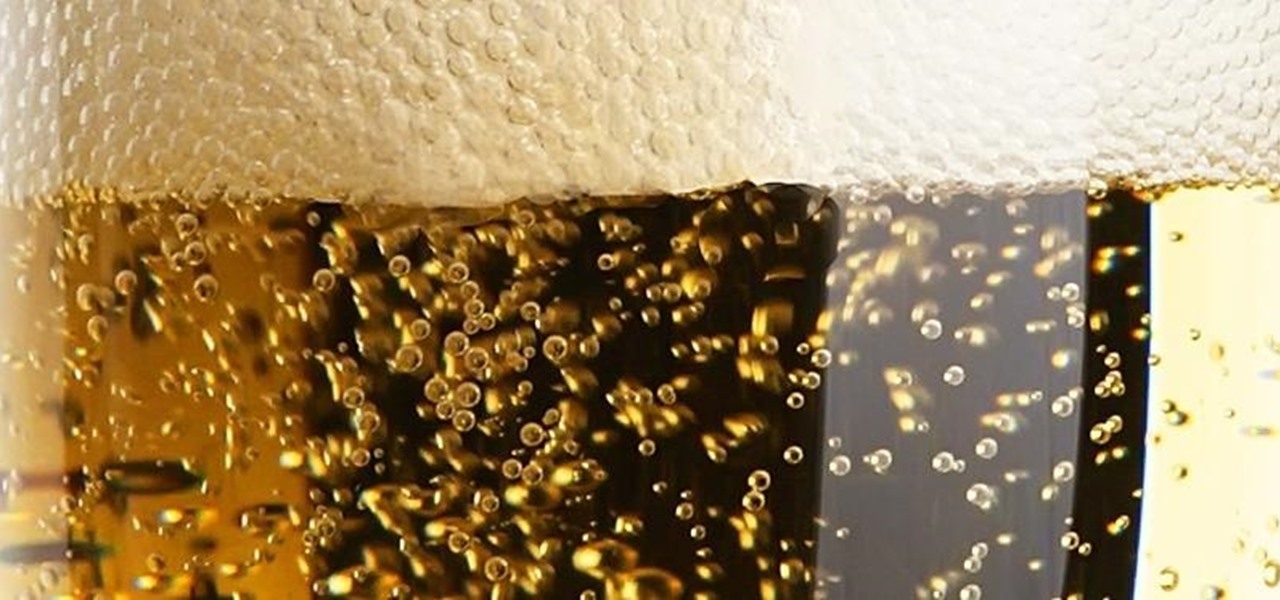


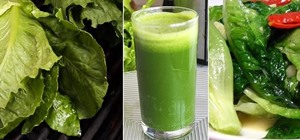
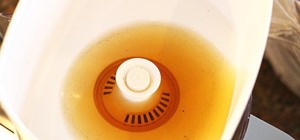


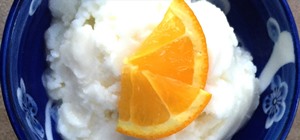
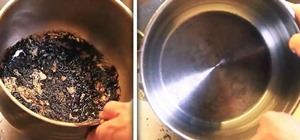
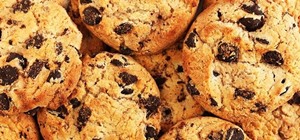
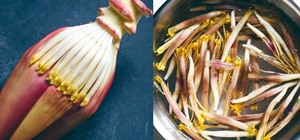
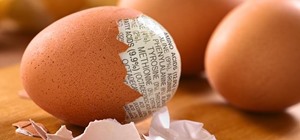
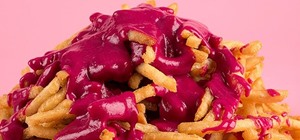








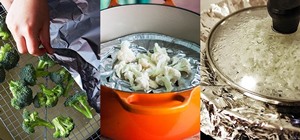

Be the First to Comment
Share Your Thoughts